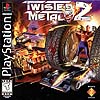
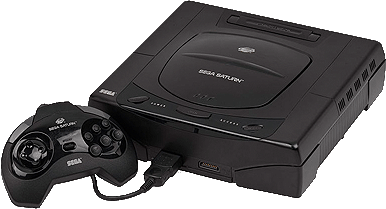
Sega was immensely successful with its 16-bit Genesis console, but it had hit several bumps along the way. Its Sega CD and 32-X add-on devices to the Genesis failed to sell enough to be successful, testing the patience of even the most hardcore fans. Eager to start the next console cycle, Sega released its 32-bit CD-based Saturn system in 1994 in Japan. The U.S. division announced that the Saturn would hit retail stores on "Saturnday" September 2, 1995. Third party support was still strong coming off the Genesis so many games were being prepared for this launch. Fearing new competition with the looming Sony PlayStation and Nintendo 64, Sega made a staggering surprise announcement, one of which has never again been repeated. On May 11, 1995, the first day of the E3 (Electronic Entertainment Expo) tradeshow, Sega dropped the bomb by announcing that the Sega Saturn was on store shelves starting that day. In an unprecedented move, Sega had collaborated with select retail partners to secretly ship the system and have them ready to sell that day. This move delighted the hardcore audience, but it was the first blunder of many that would see Sega bow out of the 32-bit race just a short 2 years later.
Releasing a new system early makes for a juicy sound bite, and a bit of press, but once reality hit there were some glaring problems. First up, in order to keep this stealth launch a secret Sega was only able allow a few retailers to carry the system. Big chain stores like Wal-Mart, Target, K-Mart, and Kay-Bee Toys were left in the dark. This only served to create animosity with the retailers that didn't receive the product. In one fell swoop, Sega alienated many of its strategic partners that had helped sell all those Genesis systems over the years. In fact, Kay-Bee Toys refused to carry the Saturn after it was made available a few months later to all retailers, and devoted its floor space to the PlayStation that released in September. The other problem that plagued this early release was the lack of software. All of the third parties had been told September 2 was the release date, so obviously the games weren't ready to be released in May. For early adopters that meant waiting 4 months for a new game to come out for their system. To add insult to injury, the Saturn was priced at $399.99, hardly a mass-market price for a video game console of that era. Seeing as Sony had already announced a $299.99 price point for its PlayStation, Sega was seen as overpricing its console and would be forced to match Sony's price after it launched.
The Saturn debuted with a couple strong games, most notably Virtua Fighter, Daytona USA, and Panzer Dragoon. All three games were quality first party efforts and looked and sounded better than anything that had been released up to that point by competitors. The system was sort of a hybrid 2D and 3D machine that allowed for wonderful sprite animation and average 3D graphics. By contrast, the PlayStation was focused primarily on 3D so it had the edge in graphical power and ease of programming, which gave developers an edge when creating games on that platform. While the Saturn was a huge hit in Japan, selling around 7 million systems, it only managed to sell about 2 million in the U.S. Over 1200 games would be made for the device, with most of them being created and staying in Japan. The plug was officially pulled at the end of 1997, with a promise of a new, more powerful machine to be released in 1999. How such a strong company like Sega could see such a fast decline in market share worried some people. A string of bad decisions doomed the console to failure and huge managerial differences between Sega of America (who didn't want to release the Saturn, but a more powerful 3D machine that it had been developing itself) and its parent company Sega of Japan were mostly to blame.
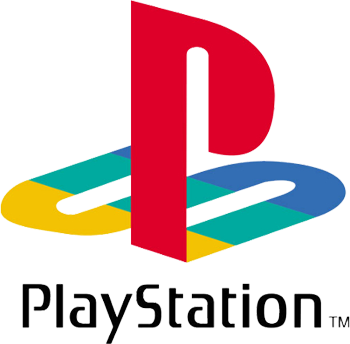
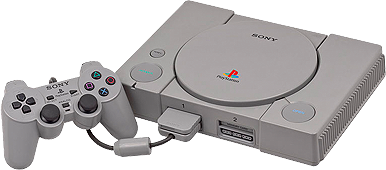
By all accounts, Sony should have failed. The 16-bit era was winding down with Nintendo and Sega capturing nearly all of the video game market. By late 1994, systems like Atari's Jaguar, the 3DO, Phillips CD-I, and NEO GEO had all failed when pitted against the 2 industry stalwarts. Sony, having been spurred by Nintendo years before when their Super Nintendo CD add-on deal was suddenly canceled, resolved to create a revolutionary 32-bit home console. It's main focus was 3D graphics and CD technology that could be leveraged with easy programming and an immense network of third party relations. Sony went out to all of the gaming companies and showed off their new baby. Getting third party licensees to sign on with them would be difficult as many were already well established with Nintendo and Sega. To sweeten the deal, Sony offered many of them lower fees to develop for their system as well as the promise of lower manufacturing costs. After all CDs were dirt cheap to press when compared to cartridges. One of the first developers to sign on was Namco, and its first game was a port of the extremely successful arcade game, Ridge Racer. When other developers, and eventually the press saw the amazing graphics of this game it created headlines. Sony's machine featured the best 3D visuals anyone had ever seen up to that point, and developers couldn't wait to create games for the new system.
Sony really did everything right. They secured the developers and even convinced many of the Japanese game manufacturers to create games for them instead of rivals. The biggest coup was getting Square to move its popular Final Fantasy franchise from Nintendo's systems to PlayStation. The promise of CD technology and powerful 32-bit graphics, plus a 100 million plus marketing budget thrown in by Sony convinced Square to jump ship, which single-handedly caused a major domino effect whereby other companies once loyal to Nintendo (like Enix) also switched systems. So, Sony had the developers and a sweet piece of kit, but they were also very smart from a consumer standpoint as well. They took an aggressive approach to pricing, selling the original PlayStation at $299.99, a full $100 less than the Saturn. The media blitz surrounding the PlayStation was also spectacular leading up to and through the launch period. Sony wooed the gaming press with lavish events and advertising showed up everywhere. Sony knew it was time for gaming to grow up so they advertised during prime time events, showing off games that would appeal to the older audiences as well. With a slew of games releasing, a competitive price, and an amazing marketing campaign, Sony was able to sell over 3 million systems by the end of 1995.
With the hard part of creating the system and launching it over with, Sony concentrated on maintaining a steady flow of software to keep the PlayStation selling at a brisk pace. It had partnered with many companies to secure exclusive content and had purchased companies to become part of their first party team. Games like Gran Turismo, Crash Bandicoot, Twisted Metal, WarHawk, and Spyro the Dragon would create franchises that still exist today. Third party support from developers like Capcom and Konami propelled the sales of the PlayStation even higher. Huge game releases like Resident Evil, Metal Gear Solid, and Castlevania: Symphony of the Night looked fantastic on the new console and entertained millions of gamers worldwide. By the time Nintendo launched its Nintendo 64 in 1996, Sony already had a sizable head start. The PlayStation would go on to sell a staggering 101 million systems worldwide and remains one of the best selling video game consoles ever released.
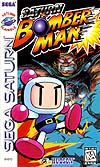 2.
2. 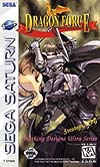
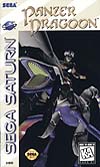 4.
4. 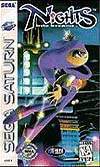
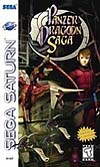 6.
6. 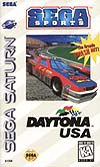
 8.
8. 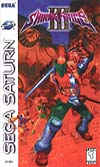
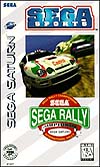 10.
10. 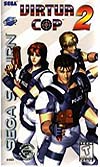
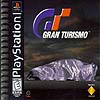 2.
2. 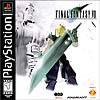
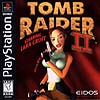 4.
4. 
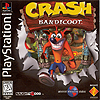 6.
6. 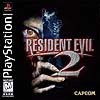
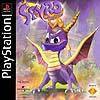 8.
8. 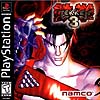
 10.
10. 